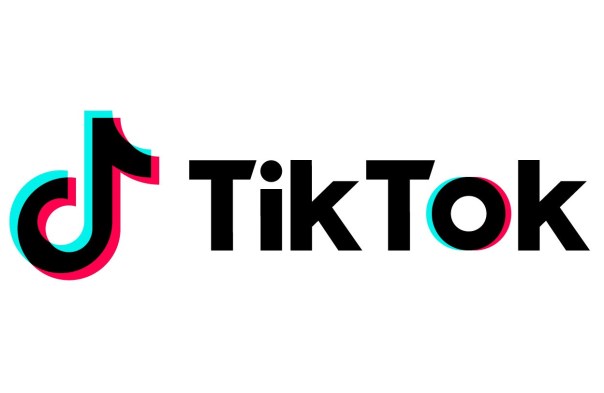If you aren’t on TikTok, you at least know about the app. Since September 2018, TikTok has grown to surpass The Metaverse (a.k.a. Facebook and crew), Snapchat, and YouTube in monthly installs from the Apple App Store. This hasn’t really slown down, resulting in both YouTube and Instagram (which is owned by Facebook) creating in-app TikTok-like features (Shorts and Reels, respectively.) Among the many other amoral issues with the company, Facebook even hired a GOP firm to malign TikTok, lie to local press, and spread misinformation that would later be boosted on Facebook. One challenge (the Devious Lick) started as 1 to 2 people doing it until Facebook’s client blew the story up, and it became an actual problem.
All this to say that TikTok’s influence is enormous and has the other tech girlies shaking in their boots. There are plenty of security issues that are worth probing about TikTok and need much better oversite, a condition that is endemic to social media. These are issues of actual predators on the app, rampant hate speech, questionable advertisement policies, and illegal data collection. However, before you know where the app is going, you need to know where it’s been. So, lets talk about the app it was before TikTok.
When did Musical.ly change to TikTok?

Launched initially as Musical.ly by entrepreneurs Alex Zhu and Luyu Yang, the app was used mainly by a handful of niche communities almost exclusively for miming and lip-syncing. Things started to change in November 2017 when they sold it to the China-based company ByteDance for a billion dollars. Yes, that is nine zeros, if your name is Congresswoman Debbie Lesko. Under ByteDance, TikTok became the second iteration of the Musical.ly app and merged with ByteDance’s original TikTok (launched in 2017.)
The Musical.ly app changed to say “TikTok” on August 2, 2018. While some original users were disgruntled, the app has grown significantly since. However, I don’t often see it because my algorithm is already set to what I want. Even as normies (like myself) came in, lip-syncing and miming remained massively popular on the app. One of the first popular lip-syncers on the app, 21-year-old Addison Rae Easterling (currently at 87 million followers), was one of the first mega TikTok influencers.
Easterling was one of nine TikTokers that made Forbes 30 Under 30: Social Media in 2021. Easterling infamously appeared on Jimmy Fallon, flavorlessly dancing to popular choreography made by (mostly) Black dancers on the app by all Black music. (Learn more about this issue here because Easterling is not the only person doing this.) Easterling attended the 2021 Met Gala and starred in the critically panned 2021 Netflix genderswapped reboot of She’s All That, He’s All That.
This success shows the app is not slowly churning out celebrities and influencers like either video-based social media (like Twitch and YouTube.) Instead, the massively popular app is creating them overnight, and these influencers (including the ones from the Musical.ly days) are experiencing mainstream success.
(image: ByteDance and Alyssa Shotwell)
—The Mary Sue has a strict comment policy that forbids, but is not limited to, personal insults toward anyone, hate speech, and trolling.—










Published: Apr 20, 2022 01:38 pm